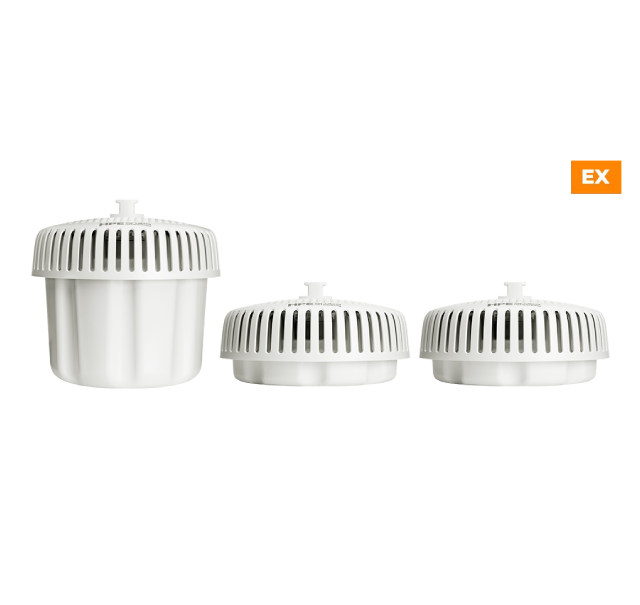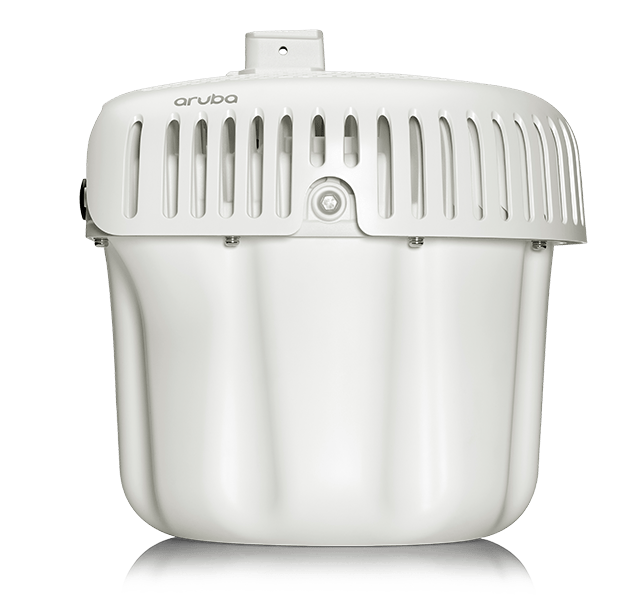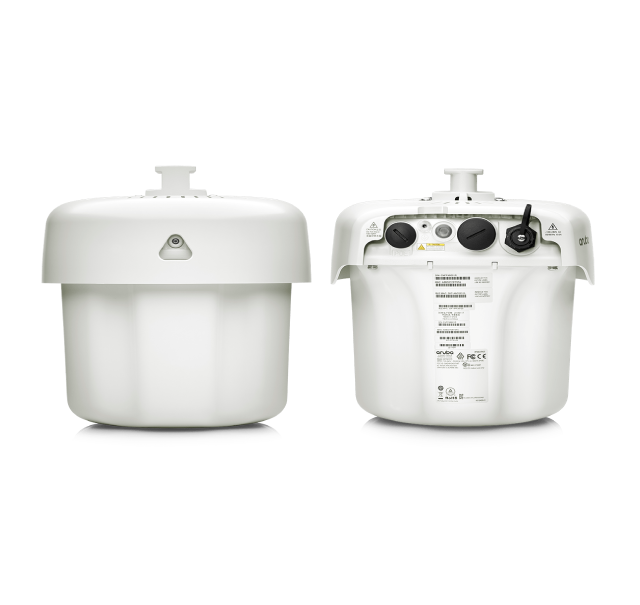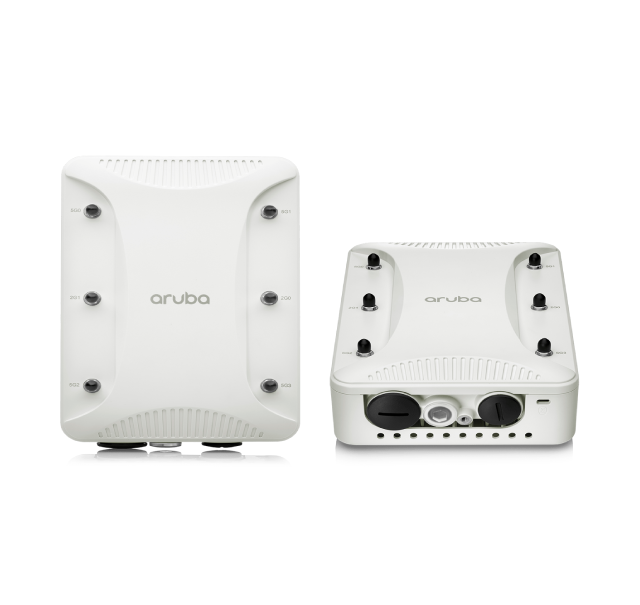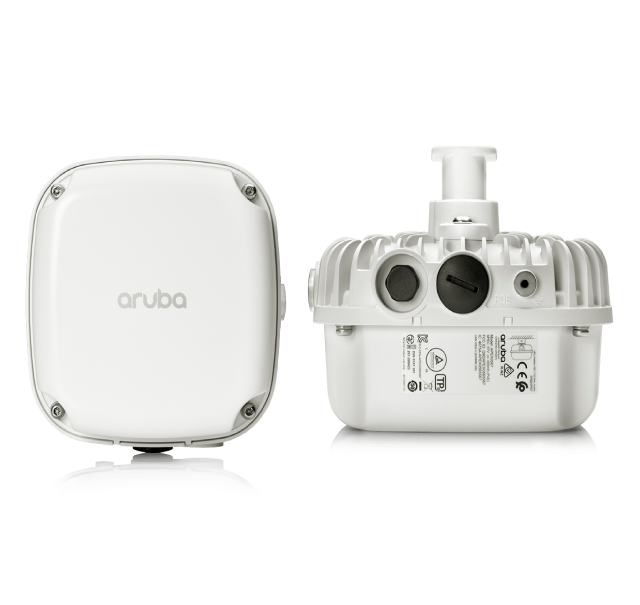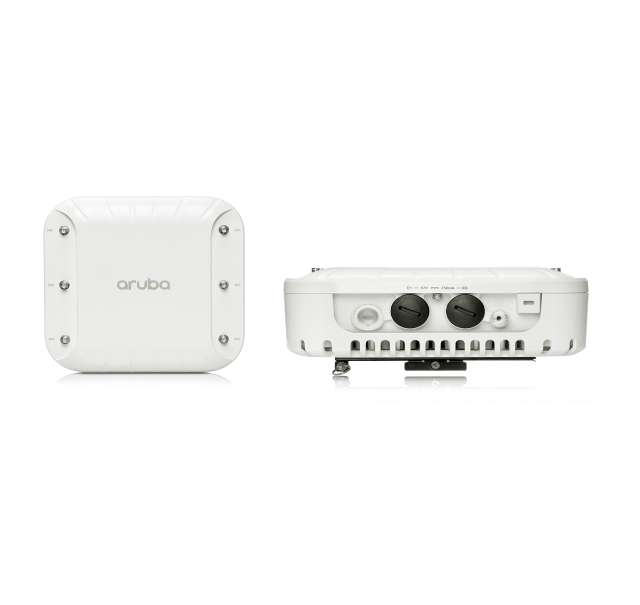Wi-Fi 6E for hazardous environments
Purpose-built to survive hazardous locations and the extreme outdoors, Wi-Fi 6E APs bring fast and secure connectivity to the most challenging environments.
Ruggedized Wi-Fi 6E
Ready for tough conditions and designed to take advantage of the 6 GHz band, which means faster speeds and wider channels for better Wi-Fi performance. Tri-band coverage across 2.4 GHz, 5 GHz, and 6 GHz to deliver 3.9 Gbps maximum aggregate data rate to support high-bandwidth, low-latency applications such as high-definition video.
Ready for hazardous locations
Hazardous Location (HazLoc) compliant and designed to withstand extreme high and low temperatures, persistent moisture, and precipitation. Fully sealed to keep out airborne contaminants and electrical interfaces include industrial strength surge protection. Available with choice of internal antenna (omni, directional, or point-to-point) to optimize wireless coverage.
Compliancy testing currently underway.
IoT ready
Integrated high-power Bluetooth and 802.15.4 radios for Zigbee support make it easier to deploy and manage enterprise and industrial IoT, including asset tracking services, security solutions, and sensors. Advanced IoT coexistence (AIC) helps Wi-Fi, Bluetooth and Zigbee radios operate at maximum capacity without interference.
Location aware
Self-locating with embedded GPS receiver and operating as standard power (SP) devices requiring an automated frequency coordination service (AFC) to protect incumbent outdoor services.
Efficient and secure
Wi-Fi 6E extends the 802.11ax standard to the 6GHz band. All the efficiency and security enhancements including orthogonal frequency-division multiple access (OFDMA), multi-user MIMO, enhanced open, and WPA3 are supported. The 670 Series APs also offer client optimization, automated radio frequency management, and intelligent power monitoring.

